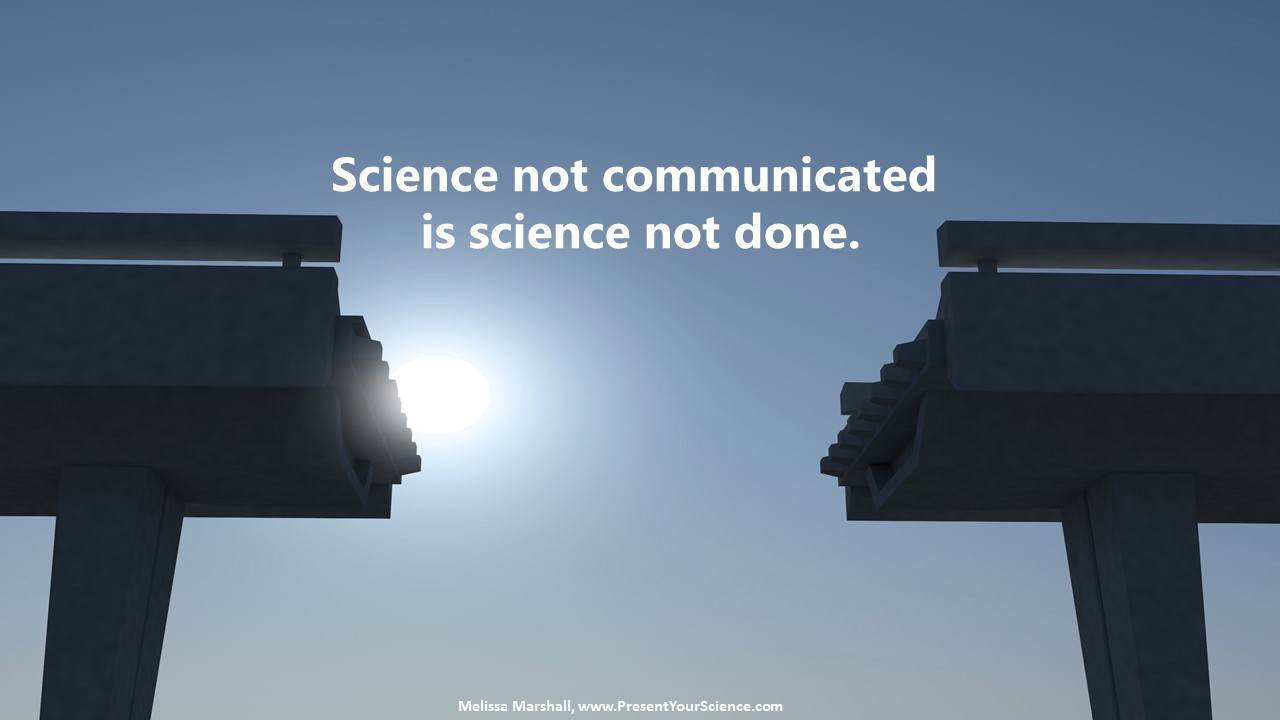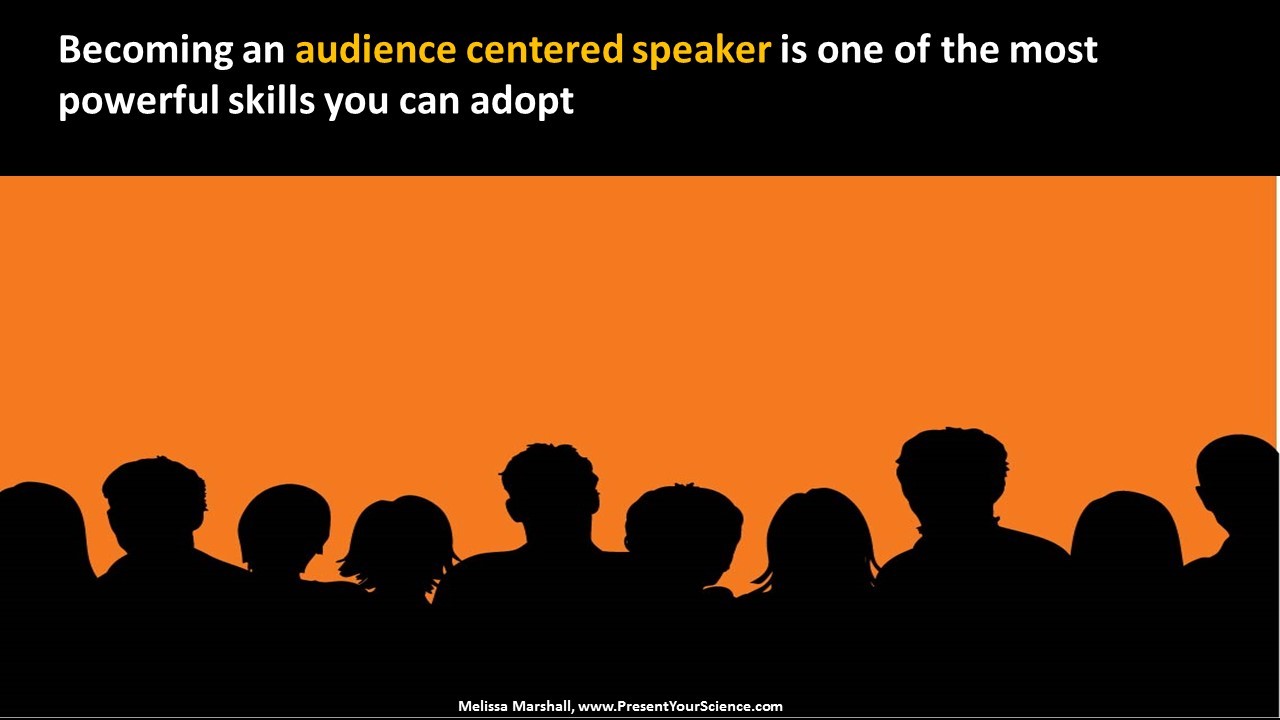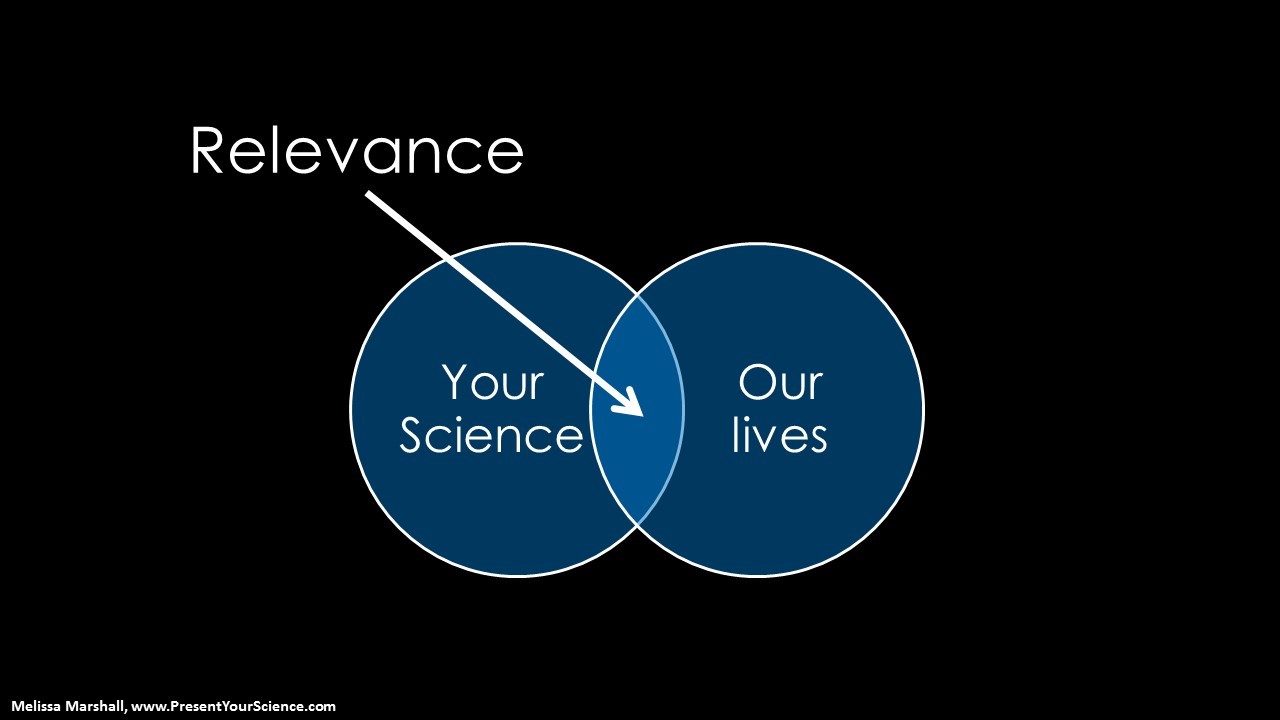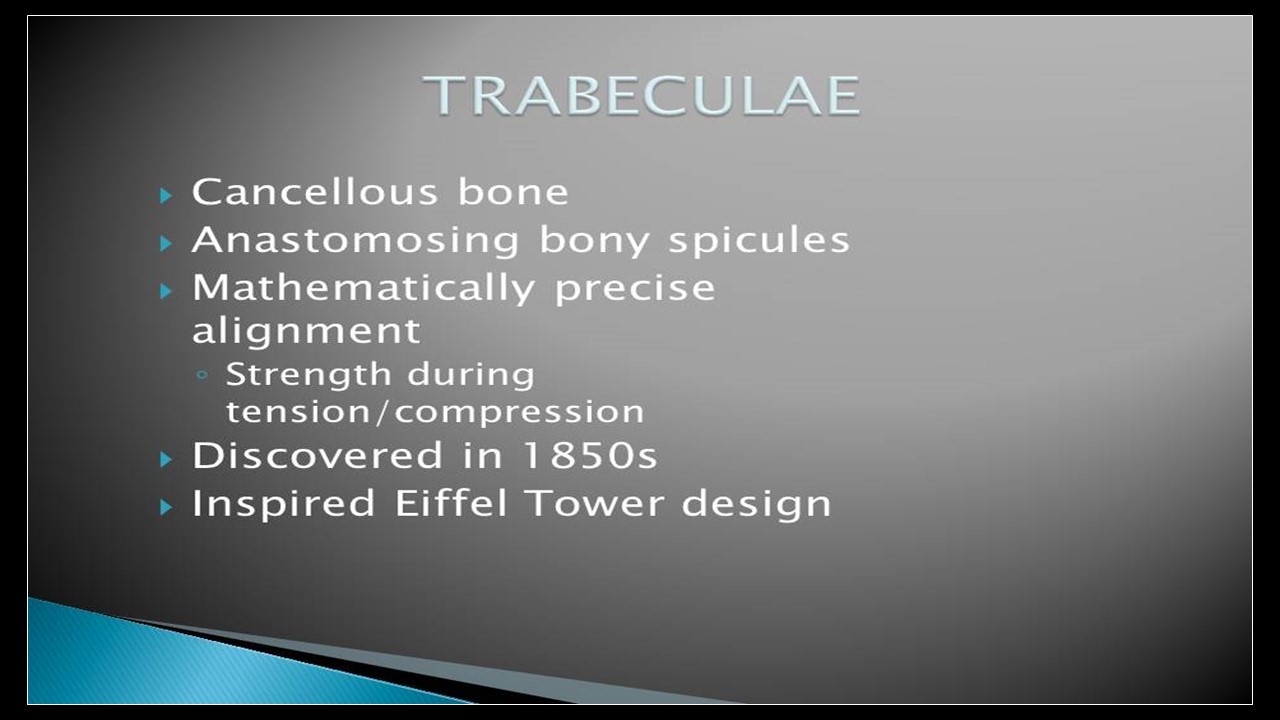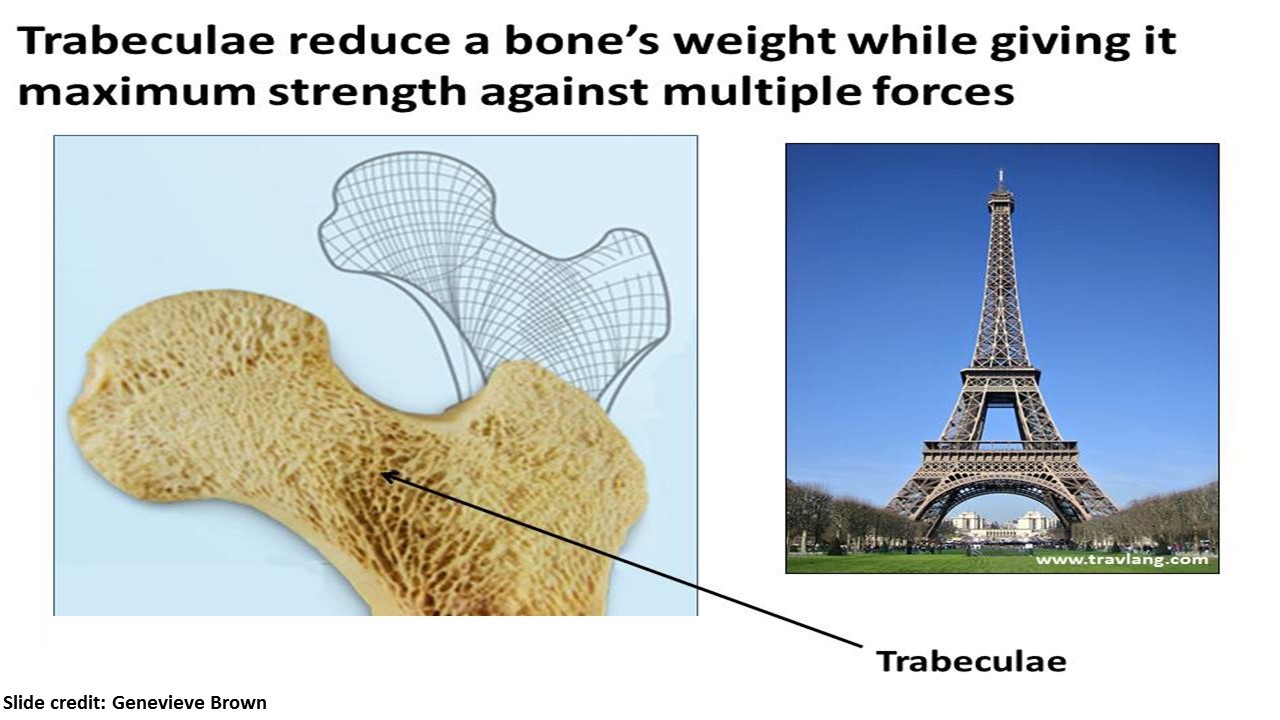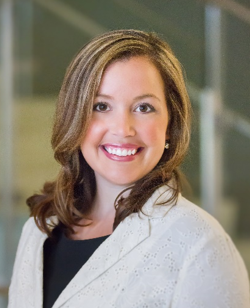 Editor's note: The following post is from Melissa Marshall, Principal at Melissa Marshall Consulting LLC. Melissa is a featured speaker at SAS Global Forum 2017, and on a mission to transform how scientists and technical professionals present their work.
Editor's note: The following post is from Melissa Marshall, Principal at Melissa Marshall Consulting LLC. Melissa is a featured speaker at SAS Global Forum 2017, and on a mission to transform how scientists and technical professionals present their work.
Learn more about Melissa.
Think back to the last technical talk you were an audience member for. What did you think about that talk? Was it engaging and interesting? Boring and overwhelming? Perhaps it was a topic that was important to you, but it was presented in a way that made it difficult to engage with the content. As an expert in scientific presentations, I often observe a significant “disconnect” between the way a speaker crafts a presentation and the needs of the audience. It is my belief that the way to bridge this gap is for you, as a technical presenter, to become an audience centered speaker vs. a speaker centered speaker.
Here I will provide some quick tips on how to transform your content and slides using your new audience centered speaking approach!
Audience Centered vs. Speaker Centered
The default setting for most presenters is that they are speaker centered—meaning that they make choices in their presentation because it is what works primarily for themselves as a speaker. Examples include: spending a lot of time speaking about an area of the topic that gave you the most difficulty or that you spent the most amount of time working on or using terms that are familiar to you but are jargon for the audience, putting most of the words you want to say on your slides to remind you what to say during the talk so your slides are basically your speaker notes, and standing behind a podium and disconnecting yourself physically from your audience. These choices are common in presentations, but they do not set you up for success. It is a key reason why many presentations of technical information fail.
A critical insight is to realize that your success as a speaker depends entirely upon your ability to make your audience successful. You don’t get to decide that you gave a great talk (even if no one understood it)! That’s because presentations, by their very nature, are always made for an audience. You need something from your audience—that is why you are giving a talk! So, it is time to get serious about making your audience successful (so you can be too!). I might define “audience success” as: your audience understands and views your subject in the way you wanted them to. Strategically, if you desire to be a successful speaker, then the best thing you do is go “all in” on making your audience successful!
Audience Centered Content
To make your content more audience centered, you can ask yourself 4 critical questions ahead of time about your audience:
- Who are they?
- What do they know?
- Why are they here?
- What biases do they have?
The answers to these questions will guide how you begin to focus your content. Additionally, as a presenter of technical information, one of the most important questions you need to answer along the way, at many stages in your presentation, is “So what?”. Too often presenters share complex technical information or findings, but they do not make the direct connection to the audience of how that information is relevant or important to the big picture or overall message. Remind yourself each time you share a technical finding to also follow up that information with the answer to the question “So what?”. This will make your content immediately more engaging and relevant to your audience.
Audience Centered Slide Design
Think about the last several presentations that you sat through as an audience member. How would you describe the slides? Text heavy? Cluttered? No clear message? Full of bulleted lists? Audiences consistently complain of “Death by PowerPoint”, which refers to the endless march of speakers through text filled slide after text filled slide. The reason this is so detrimental to audiences is that our brains have a limited “bandwidth” for verbal information. When we reach that limit, it’s called cognitive overload and our brains stop processing the information as effectively and efficiently. When you have a speaker talking (the speaker’s words are verbal information) and then you have slides to read with lots of words on them (also more verbal information), you are at a high risk of cognitive overload for the audience. Therefore, many audiences “tune out” during presentations or report feeling exhausted after a day of listening to presentations. This is a result of cognitive overload. A more effective way to approach slides for your audience is to think about making your slides do something for you that your words cannot. You are giving a talk, so the words part is mostly covered by what you are saying…it is much more powerful to make your slides primarily visual so that they convey information in a more memorable, engaging, and understandable way. This is known in the field of cognitive research as the Picture Superiority Effect. John Medina’s excellent book Brain Rules states that “Based on research into the Picture Superiority Effect, when we read text alone, we are likely to remember only 10 percent of the information 3 days later. If that information is presented to us as text combined with a relevant image, we are likely to remember 65 percent of the information 3 days later.”
A great a slide design strategy that I advocate for is called the assertion-evidence design. This slide design strategy is based in research (including Medina’s mentioned above) and works beautifully for presentations of technical information. The assertion-evidence slide design is characterized by a concise, complete sentence headline (no longer than 2 lines) that states the main assertion (i.e. what you want the audience to know) of the slide. The body of the slide then consists of visual evidence for that take away message (charts, graphs, images, equations, etc.). Here is an example of a traditional slide transformed to an assertion-evidence slide:
Having trouble banishing bullet lists? One of my favorite quick (and free!) tools for getting yourself past bulleted lists is Nancy Duarte’s Diagrammer tool. I like this tool because it asks you what is the relationship between the information that you are trying to show and creates a graphic to show that relationship. Remember: the best presentations use a variety of visual evidence! Charts, graphs, pictures, videos, diagrams, etc. Give your audience lots of visual ways to connect with your content!
Final Thoughts
Next time you present, I encourage you to let every decision you make along the way be guided first by the needs of your audience. Remember, the success of your audience in understanding your work is how your success as a speaker is measured! For more tips on technical talks, check out my TED Talk entitled “Talk Nerdy To Me.” For questions, comments, or to book a technical presentations workshop at your company or institution, please contact me at melissa@presentyourscience.com.
About Melissa Marshall
 Melissa Marshall is on a mission: to transform how scientists and technical professionals present their work. That’s because she believes that even the best science is destined to remain undiscovered unless it’s presented in a clear and compelling way that sparks innovation and drives adoption.
Melissa Marshall is on a mission: to transform how scientists and technical professionals present their work. That’s because she believes that even the best science is destined to remain undiscovered unless it’s presented in a clear and compelling way that sparks innovation and drives adoption.
For almost a decade, she’s traveled around the world to work with Fortune 100 corporations, institutions and universities, teaching the proven strategies she’s mastered through her consulting work and during her 10 years as a faculty member at Penn State University.
When you work with Melissa, you will get the practical skills and the natural confidence you need to immediately shift your “information dump”-style presentations into ones that are meaningful, engaging, and inspire people to take action. And the benefits go far beyond any single presentation; working with Melissa, your entire organization will develop a culture of successful communication, one that will help you launch products and ideas more effectively than ever before.
Melissa is also a dynamic speaker who has lectured at Harvard Medical School, the New York Academy of Sciences, and the Centers for Disease Control and Prevention (CDC). For a sneak peek, check out her TED talk, “Talk Nerdy to Me.” It’s been watched by over 1.5 million people (and counting).
Visit Melissa and learn more at www.PresentYourScience.com.
Melissa can be reached at melissa@presentyourscience.com.
